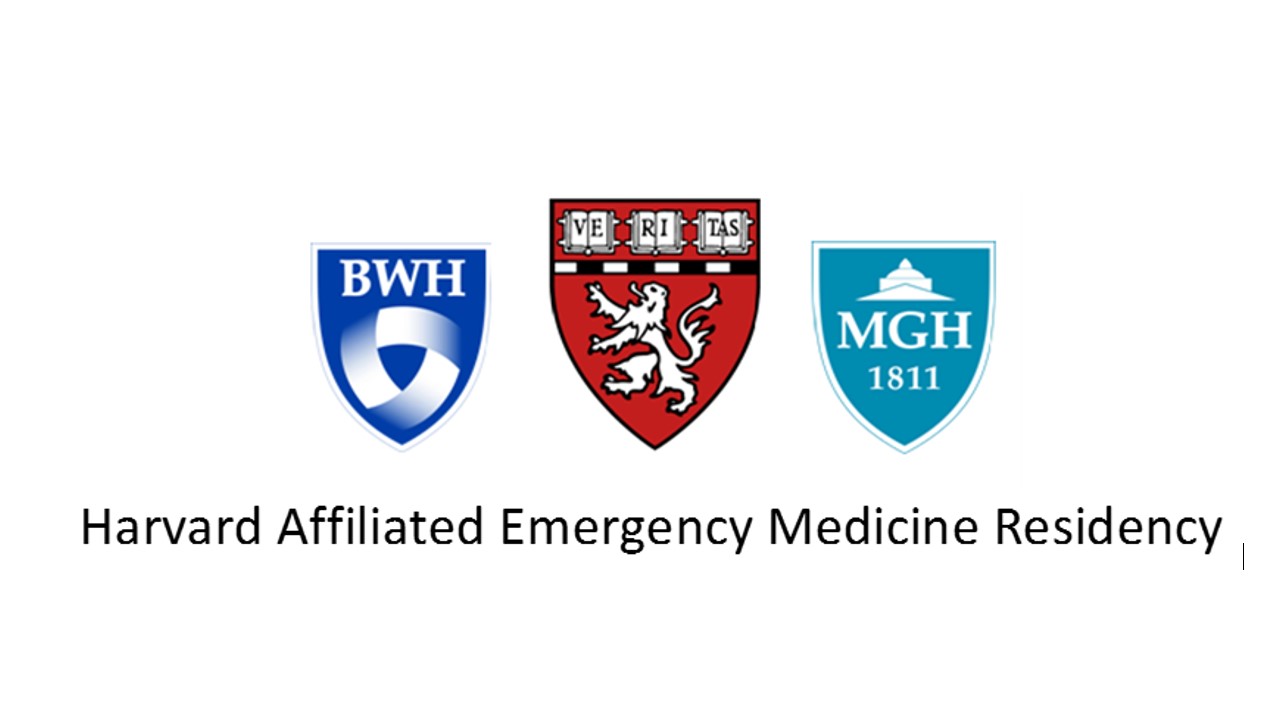
Course Director:
Keith A. Marill, MD
Associate Professor, Emergency Medicine,
Harvard Medical School;
Clinical Faculty Member, Department of Emergency Medicine,
Massachusetts General Hospital
July 2019 - June 2020
Sessions are 2 hours long at various locations in the Greater-Boston Area.
ACCREDITATION (per session)
Partners HealthCare System is accredited by the Accreditation Council for Continuing Medical Education to provide continuing medical education for physicians.
Partners HealthCare System designates this live activity for a maximum of 2 AMA PRA Category 1 CreditsTM. Physicians should claim only the credit commensurate with the extent of their participation in the activity.
Course Description
The HAEMR Journal Club is a monthly meeting of Harvard Affiliated Emergency Medicine Residency (HAEMR) residents and faculty to present, discuss, and analyze the latest new research relevant to the practice of emergency medicine. The primary purpose of journal club is to teach residents how to evaluate systematically the medical literature. Residents learn to assess for systematic subject enrollment and sources of bias. Residents gain exposure to a variety of analytic methods in current use such as regression analysis. Validity and generalizability of results to other emergency settings including our own ED's is assessed.
Journal club helps faculty and residents keep abreast of the current medical advances in the literature. Emergency medical practice continues to evolve as technology and disease change. Journal club serves to provide critical cutting-edge knowledge not yet available in textbooks or even online review sources. Journal club serves to fill this critical gap in clinical education. Finally, journal club allows faculty and residents to interact and learn in a relaxed congenial atmosphere free from the interruptions and time pressures inherent in modern clinical practice.
Target Audience
The primary target audience are the residents of the four year Harvard Affiliated Emergency Medical Residency (HAEMR) program. Other audience members and participants include medical students or residents from other services rotating through the Brigham and Womens or Massachusetts General emergency departments during the month, all faculty in the HAEMR program, and invited faculty members from other departments within the hospitals, or from other programs.
Learning Objectives
Upon completion of this activity, participants will be able to:
1. Identify the key components of a research report
2. Analyze the methodologic section for appropriate subject recruitment, collection of important predictor data,
minimization of bias, and logical data analysis. Interpret graphics and tables accurately.
3. Critique the methodology for bias and other weaknesses and infer generalizability to other patient populations
including those patients seen in our program.
4. Contrast the findings of a new report with the known literature and current clinical practice.
5. Answer the key question whether the new report will serve to move the needle of clinical care and change
practice.
Agenda
1. Introduction
2. Presentation of an Original Research Report
Framing of why the research was done
Detailed description of the methodology
Report of the results
3. Group Discussion
Weaknesses and merits of the research
Possible sources of bias
Validity of the results
Perspectives are provided
Importance and relevance of the findings to current clinical practice in our institutions and elsewhere
Faculty provide both historical and experiential perspectives
Sense for the clinical impact of the research
Degree of consensus regarding this opinion
4. Closing Remarks
Contact
For any questions, please contact the Partners Office of Continuing Professional Development at [email protected] or 857-282-2515.

 Facebook
Facebook X
X LinkedIn
LinkedIn Forward
Forward